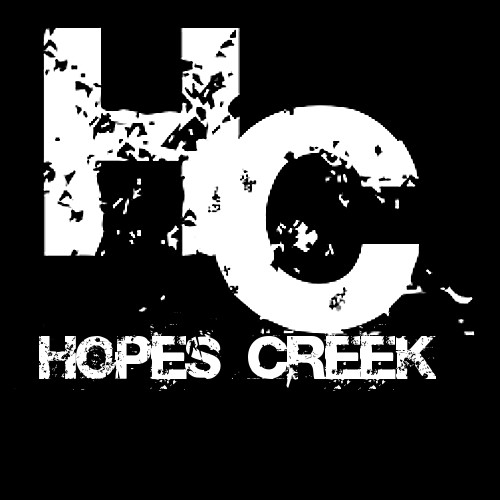Including Management Strategies with TechAssess
The free TechAssess tool is used for triage. It is designed for a quick evaluation of the licensing potential of a technology. Licensing potential; not commercial success. The innovation you assess might not be destined to become the biggest money-maker in your portfolio, but for purposes of this assessment, a license is a win. This is the case in most technology commercialization offices in universities, so it is the goal of this assessment.
TechAssess also serves as a good management tool for the office director. At Notre Dame, we plotted the TechAssess scores on a horizontal axis with the management strategies we employed for each case on the vertical axis. One such chart is below. The scatter plot shows a general leaning for higher scored cases to be in the management strategies that consume the most time (see the diagonal shading). That's a good thing.
Management Stragies on Vertical Scale versus TechAssess scores on the horizontal
Management Strategies is a chapter in of itself. However, for the purpose of showing how TechAssess scores can be used for office management, it will suffice to say that the strategies are chosen to give transparency to how the case manager is spending their time. The most likely to succeed are assigned management strategies that allow the case manager more time to work on them. Protect & Market, which is management strategy 1, consumes the most time. Market First means the case will be marketed for viability before a patent decision is made, requiring less time. And, so on.
The fact that the higher TechAssess scores lean more towards the lower numbered strategies indicates that, in general, the case managers are allotting more time to those with a greater chance for success.
But, there is quite a bit of overlap. Why does a case with a score of, say, 0.62 deserve to be in Protect & Market, while one with a score of 0.72 fall to Market First? Well, IP management is not a precise science. There are many reasons that would fall outside a triage assessment for why a case might be elevated. Perhaps, for instance, the 0.62 case is part of a portfolio of inventions that are considered valuable to the university. Perhaps it is co-owned and the other owner is taking the lead. There are many reasons that can cause overlap. The more important things to note is that the case fall within a certain margin, given by the blue shading.
This analysis gave our Director the ability to ask about the out-lying cases. Our director asked me about the case which is a 0.78, indicating it is a good case, but that I placed in a Market First management strategy. I hovered the mouse over the case, which identified it. I said it was a very clever software tool for network management. The thing is, I don't know if industry needs or wants such a tool. Thus, I want to enter into a Customer Discovery mode where I check to see if the projected value proposition was something industry needed. He agreed and was now prepared to address a question from the inventor or VP of Research if asked why we didn't immediately file on this case.
The data that generates this chart was kept in our database; the management strategy was kept in the "status" field and a user defined field served to hold the TechAssess score. Thus, the chart could easily be created at any point in time or for any meeting; quite a useful tool.

